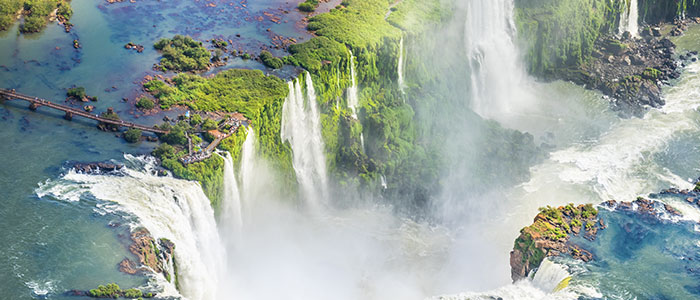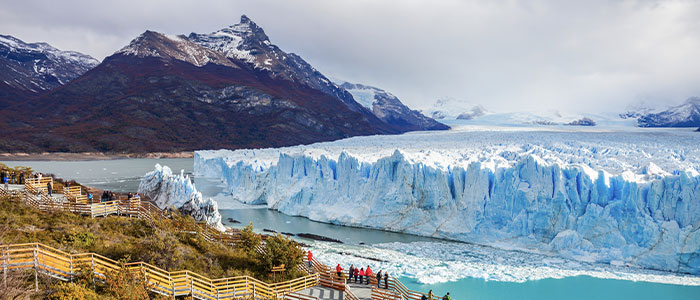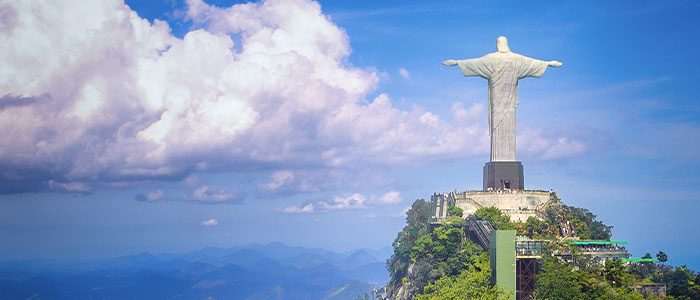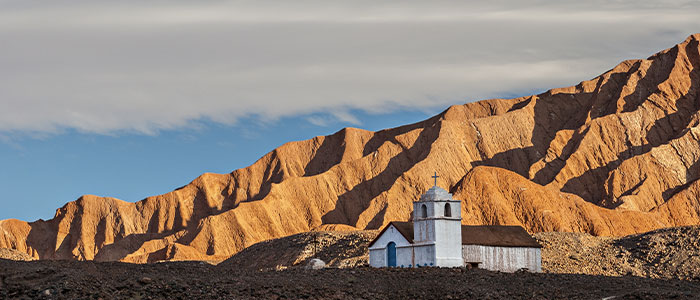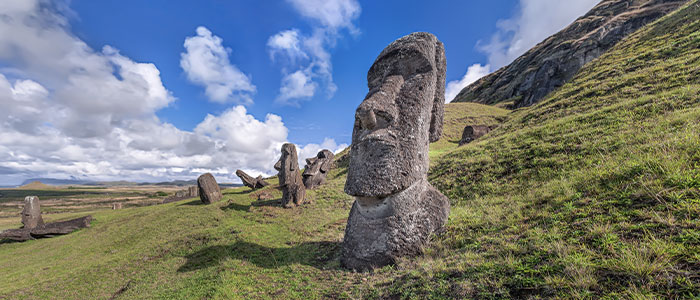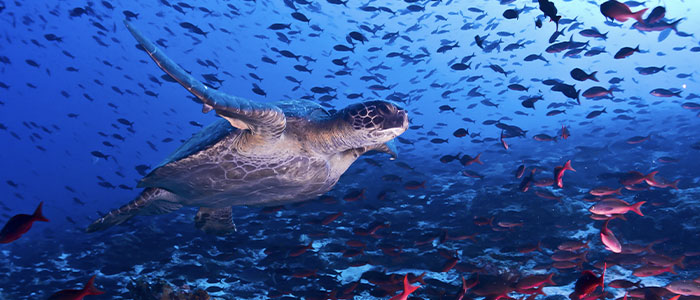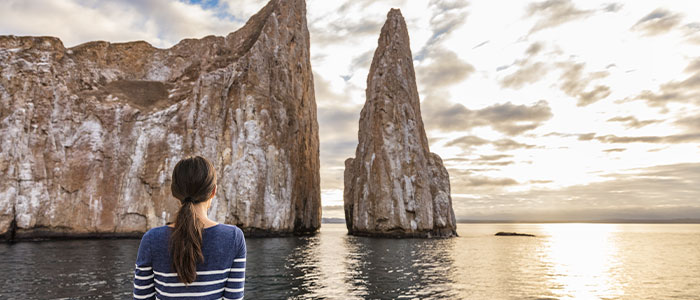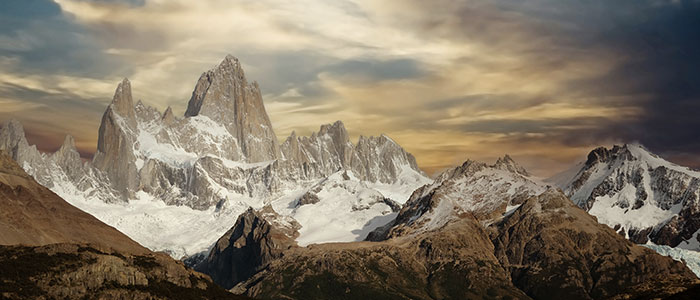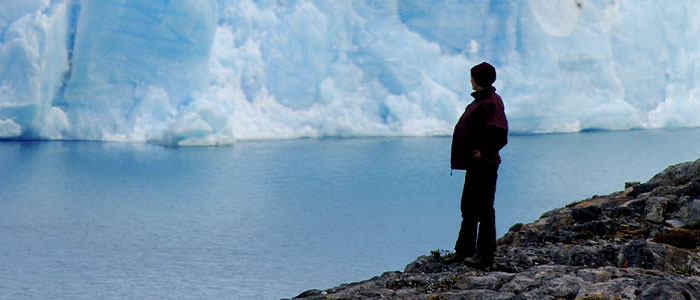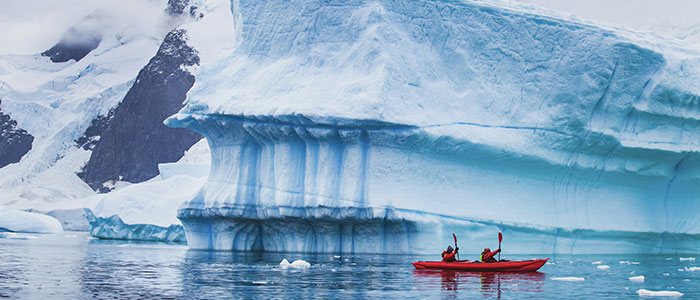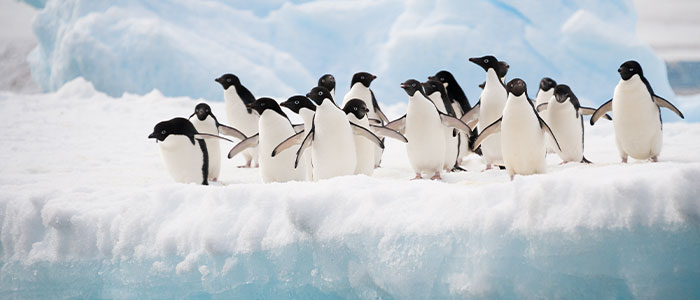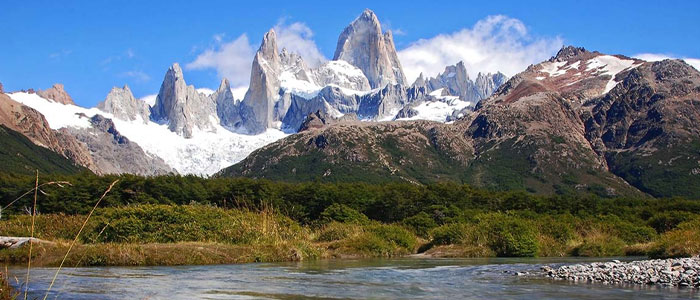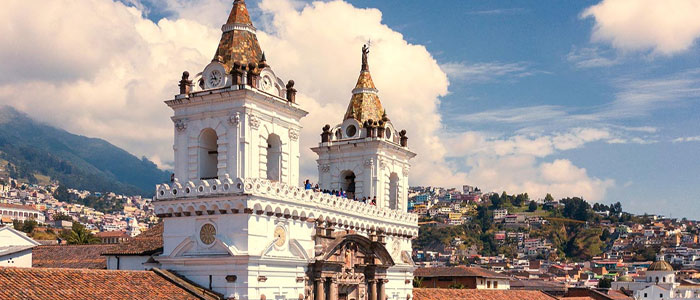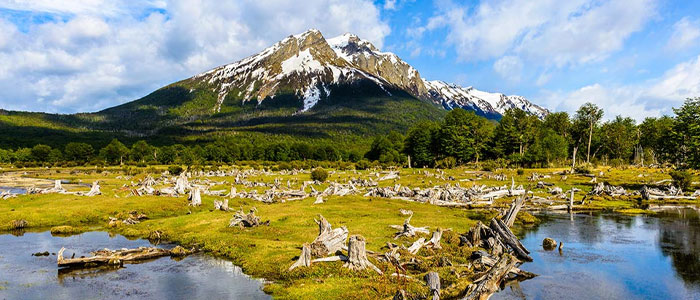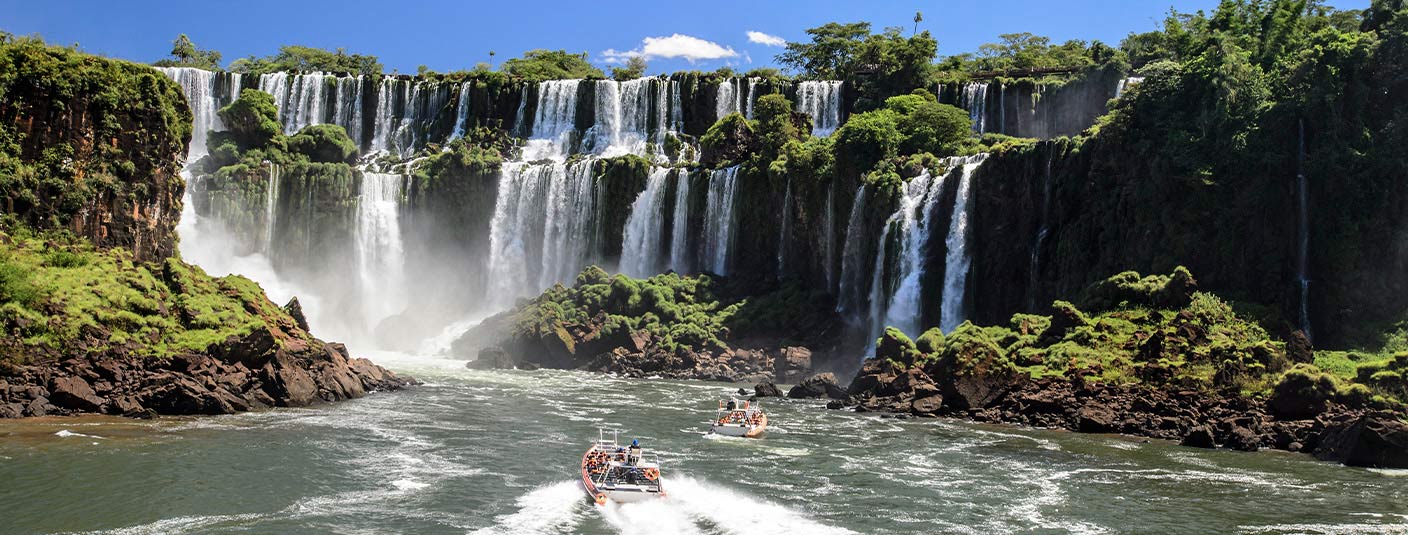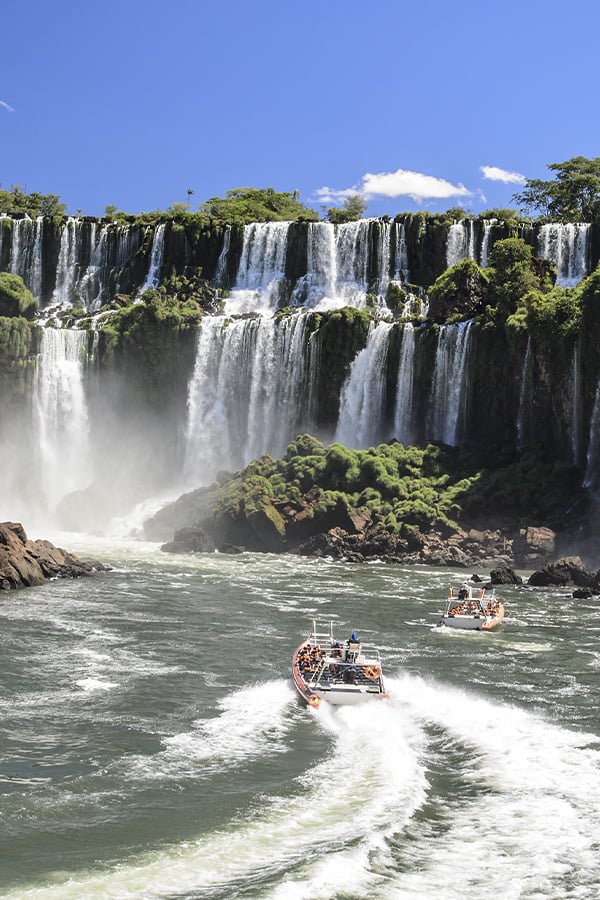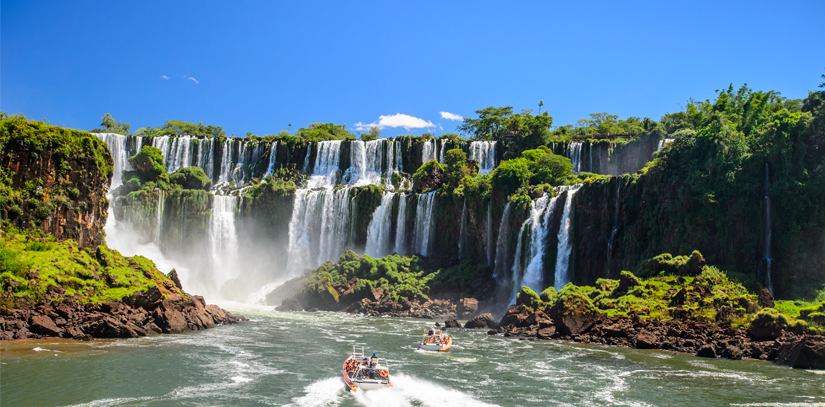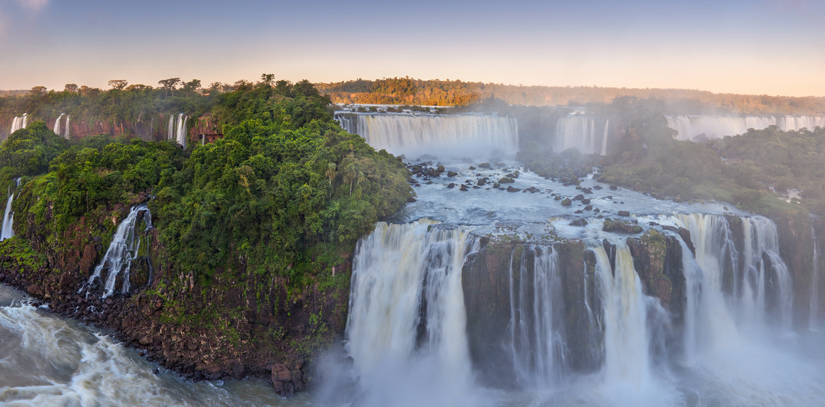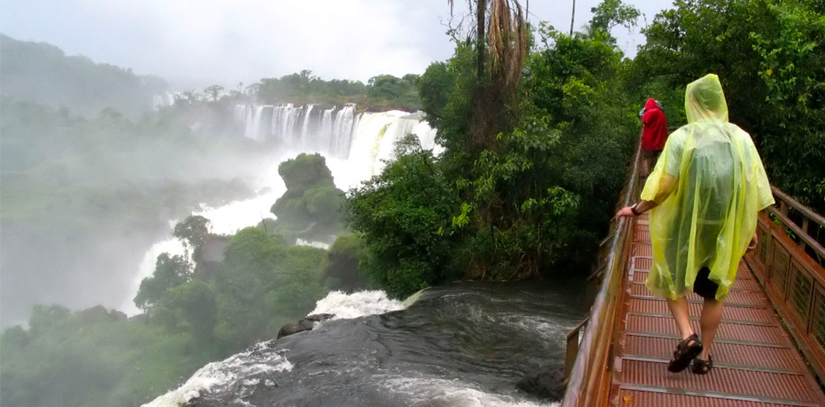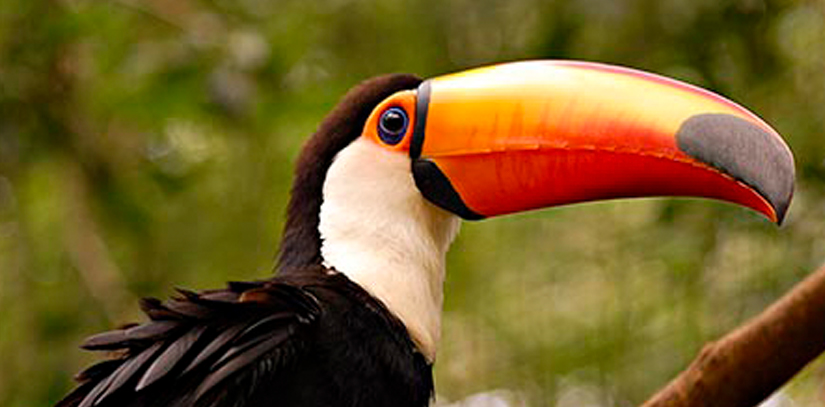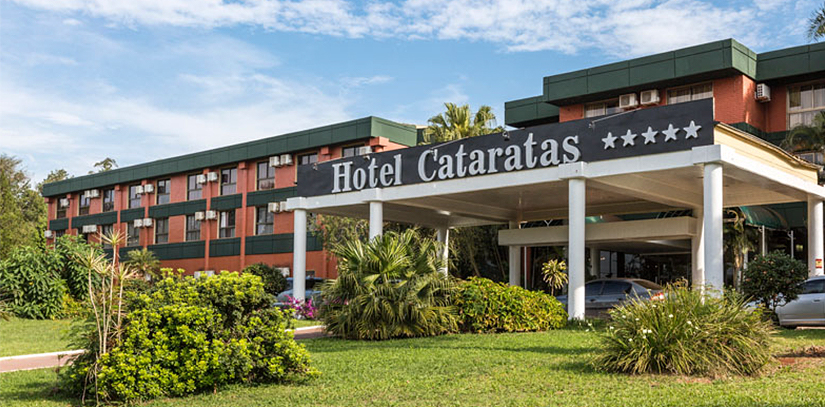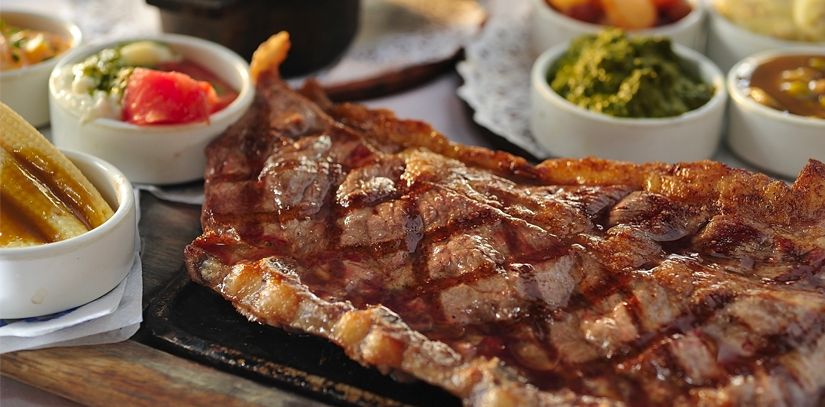The parrilla (outdoor barbeque) is top choice as with other Argentina destinations, with steak and wine flowing from the restaurant doors and patios. Nevertheless – there is more on offer for those looking for another option. River fish fresh from the Ríos Parana and Iguazu are in abundance and make for a very tasty seafood experience. As per usual, the Argentinean take on Italian food is also a popular serving, with flavorsome Pizza and Pasta of all types, a tempting option for travelers. The majority of restaurants are very well organized with nice atmospheres and well prepared food.

El Quincho del Tío Querido
Bonpland 110, Puerto Iguazu, Argentina, $9-$13 Tel: +54 3757 420151
www.eltioquerido.com
This is a warm and friendly traditional restaurant in the heart of Puerto Iguazu that has now been open for 20 years. It serves an excellent and tender steak straight off the parrilla alongside a variety of fish fresh from the nearby rivers that include dorado or surubí. The various barbeque sauces must be sampled and, naturally there are some eminently quaffable Argentinean wines to be enjoyed with the menu. To top it off there are lively music shows held in the evenings which include classic Latin beats such as tango and folklórico.
Aqva Restaurant
Av. Cordoba, Puerto Iguazu CP3370, Argentina, Tel: +54 3757 422064
reservas@aqvarestaurant.com
This is an abundant seafood/fusion restaurant making full use of local river fish such as the surubí to supply its creative menu. The owner is very friendly and welcoming to guests and is most attentive – he makes sure every guest is enjoying their meal and has a worldly knowledge of both tourism and cuisine. The decoration is bright but the atmosphere remains comfortable – it is styled as a log cabin adding to the warmth and coziness of the place. The seafood is a delectable choice with excellent flavor and texture and a nice alternative to Argentinean beef restaurants.
Garganta del Diablo, Sheraton Iguazu
Located on the interior of the Sheraton Hotel this restaurant is perhaps the best in town. It is famous for its outstanding view of the largest waterfall in the National Park, and has indeed been named after this marvelous spectacle. The menu includes the popular river fish of the area, including sumptuous grilled surubí, or a cous cous dish with delicious and tender spider crab. Argentinean Malbec naturally features on the wine list alongside some other national and international favorites.
Parrilla Pizza Color, 15 pesos to 50 pesos
This lively little joint is a popular pick amongst the locals in the center of town. It is a spacious and fresh atmosphere with an outdoor area underneath trees and ambient lighting. It has a warm and hearty menu that not only has all the Argentinean favorites but has that Italian food that the country does so well as well. Quality juicy steak, fine wine, river fish, pizza and pasta all feature. This is all to the backdrop of good music including the occasional live house guitarists who always give a most pleasant tone to the evening.
La Rueda, Av. Córdoba 28, Puerto Main courses $15-$20 Tel: 3757/422-531
La Rueda is a well organized and pleasant dining experience with friendly and attentive service. The building is constructed from local materials and has a relaxing outdoor patio to sit and enjoy the abundant menu options. Pasta, steak and riverfish all feature; the surubí brochette is a delectable entrée with a combination of the popular local river whitefish, bacon, onions, tomatoes, and peppers, with a side of potatoes and green rice. Other options are most meaty; naturally wine and steak is a popular choice, everything using the best and freshest local and regional ingredients. Quite busy during high season – reservations recommendable.
Gusto del Litoral, Avenue Misiones 209, $5-$10
Although this restaurant is on the lower end of the price scale, travelers should not be put off. The chef is an absolute master of invention cooking up a storm of regional Argentinean cuisine with various other influences from across the borders. He blends together the myriad spices and flavors of the region in excellent combination; the result: delicious and succulent platters to suit all tastes. Service is most attentive with friendly staff.

